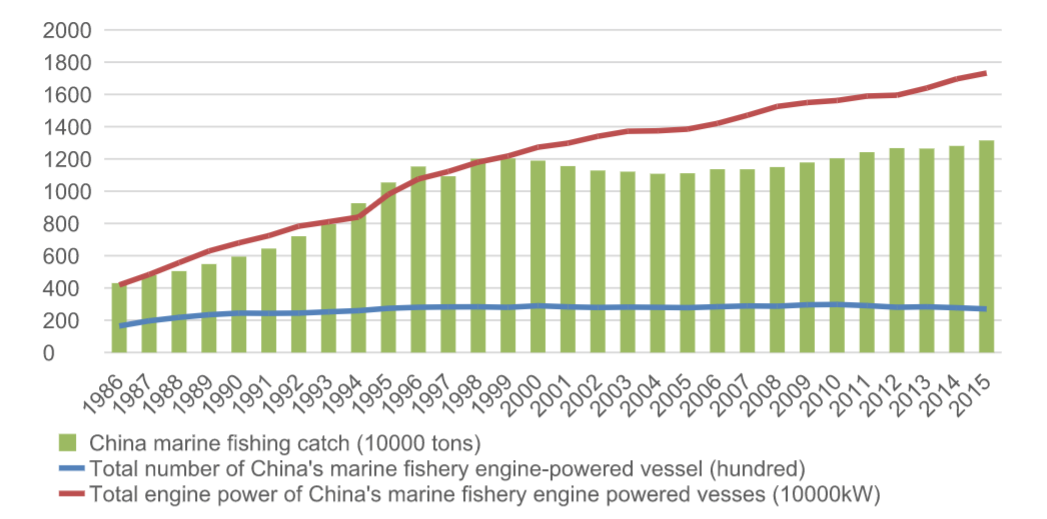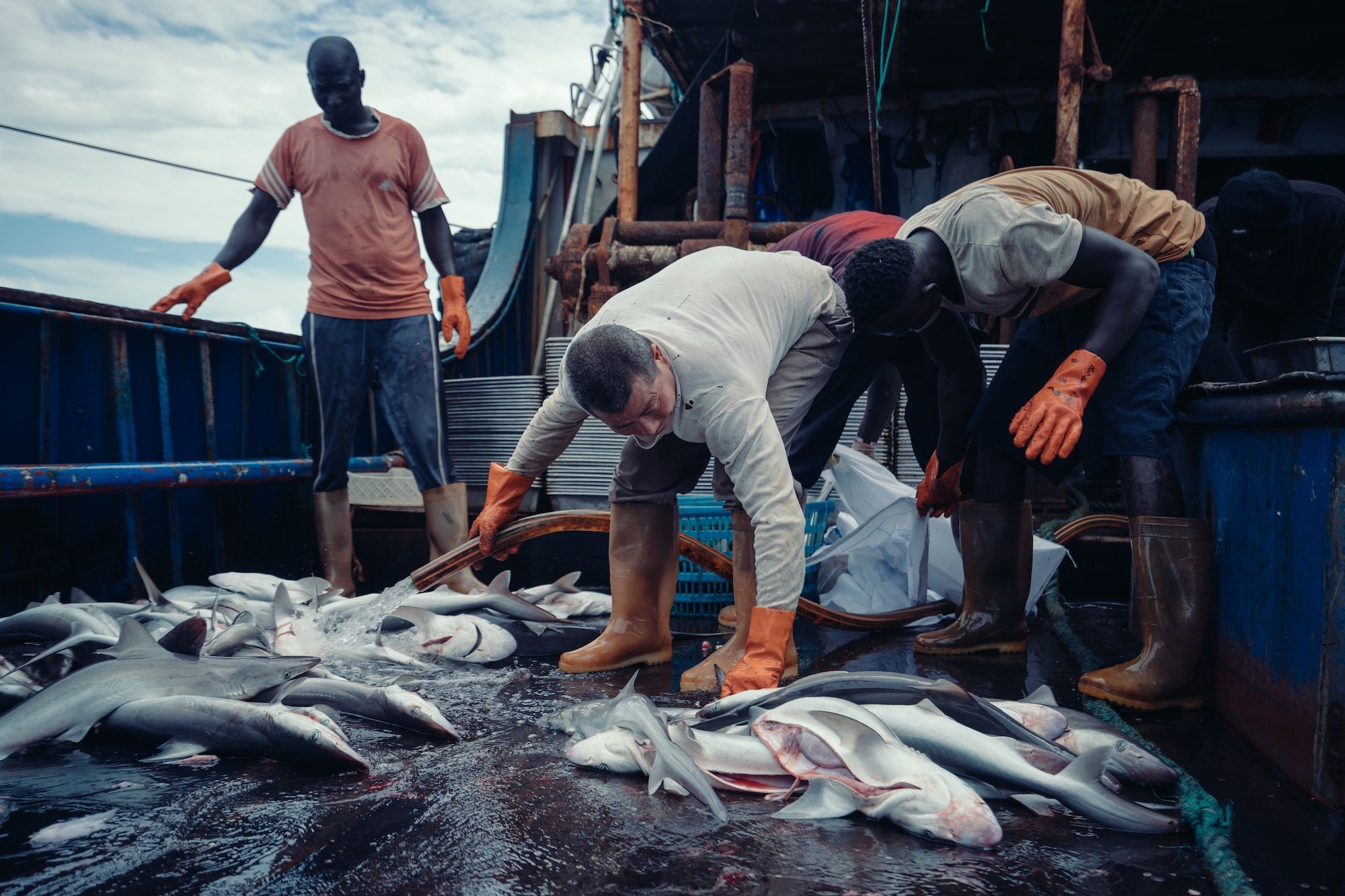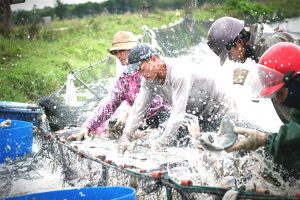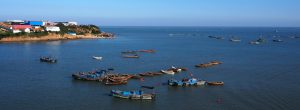China has announced a plan to tighten control its fishing industry to limit environmental damage, with implications for the health of oceans globally.
On December 9, Han Xu, deputy head of the fishing management bureau at the Ministry of Agriculture said in Beijing that the government intends to reduce the size of its domestic fishing fleet and crackdown on illegal fishing operations with a “zero tolerance” approach.
Overfishing is one of the gravest issues facing the world’s oceans. The UN Food and Agriculture Organisation (FAO) estimates that 90% of the world’s stocks are fully fished or overfished, threatening the food supply and livelihoods of hundreds of millions of people.
China accounts for 18% of the global catch, more than any other nation, and faces major overfishing challenges in its coastal waters. Data from the Ministry of Agriculture shows that 13.28 million tonnes of fish were caught from the country’s coastal fishing grounds in 2016. This was far more than the recommended maximum sustainable catch size of eight to nine million tonnes referred to by Ministry of Agriculture officials.
Development of China’s domestic fishery (1986-2015)

The ministry’s new “China Plan” aims to stop decades of overfishing and allow the coastal environment and biodiversity to recover. The plan has three specific aims:
1) Reduce China’s fishing capacity by 15% by 2020, with 20,000 fewer vessels.
2) Reduce China’s catch by 3.09 million tonnes, to no more than 10 million tonnes.
3) A zero-tolerance policy on illegal, unreported and unregulated (IUU) fishing.
Distant water fleets
China has 187,000 fishing vessels, including about 2,600 working in distant waters. Retiring 20,000 would reduce the number of coastal fishing vessels by more than 10%. Plans for the distant water fishing fleet during the 13th Five-Year Plan period will see such vessels limited to no more than 3,000 as of 2020. The reduction in catch of 3.09 million tonnes is equivalent to Japan’s entire fishing catch.
It is important that China’s government has made reduction in fishing catch a binding target. If it succeeds, it would benefit the environment while increasing industry profitability. The size of China’s catch has not increased with that of its fleet. Instead, more fishing vessels have been chasing fewer fish, reducing efficiency and profits.
Small fish
Conservative estimates say 30% of China’s coastal fishing catch is made up of small fish of various species that have no food value. These “trash fish” total four million tonnes a year, more than Japan’s entire catch.
Reducing fishing capacity and better regulation of the industry will allow the young of commercial species to reach maturity and breed, thereby increasing their market value by ten or even one hundred times. It will also help fishing stocks to recover.
The decline of China’s coastal fisheries has spurred growth in the country’s distant water fishing fleet, which is now the world’s largest at about 2,600 vessels. The recovery of coastal fisheries will help reduce pressure and overcapacity in the distant water fleet.
Sustainable development
China urgently needs to reform how this fleet operates, as demonstrated by a number of closely-watched international incidents, such as the Argentine coastguard shooting at Chinese vessels and the Galapagos shark haul. The zero-tolerance policy on IUU fishing indicates the Chinese government wants to see the industry develop in a regulated and orderly manner.
The bigger challenge will be the improved policies and laws and tougher enforcement and oversight needed to realise the new targets. The fishery authorities have already taken action, including reducing fuel subsidies for domestic fishing vessels and trials of fishing quotas. But overfishing has been happening for decades and achieving healthy growth for the industry will require much more work.
Recommendations
First, management of the industry needs a scientific basis, which is currently hampered by a lack of basic data monitoring. Improvements to the gathering and analysis of catch information, traceability and transparency are necessary.
Second, aquaculture is seen as reducing pressure on marine fisheries but in reality consumes huge quantities of wild fish as fodder and increases the catch of juvenile fish. Aquaculture must also become more sustainable.
Finally, the management of fisheries requires effective laws and regulation, and needs to shift from a reliance on occasional crackdowns to ongoing oversight. There is also a need for alignment of regulation and enforcement across different jurisdictions, so that regional loopholes do not allow illegal behaviour to creep in.







